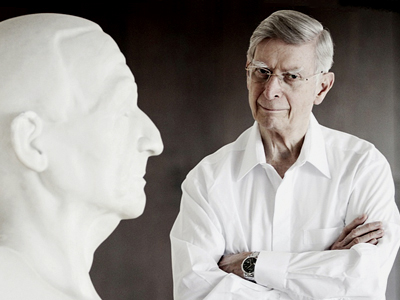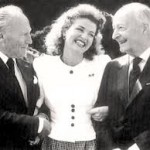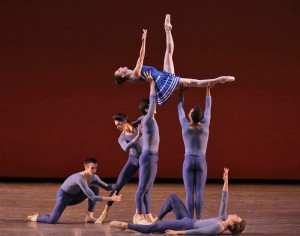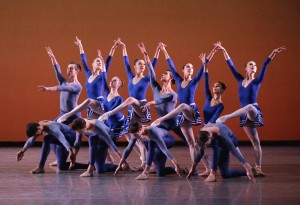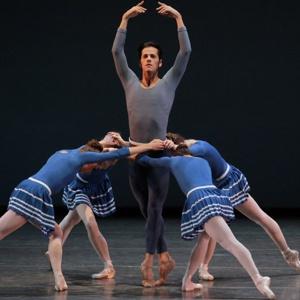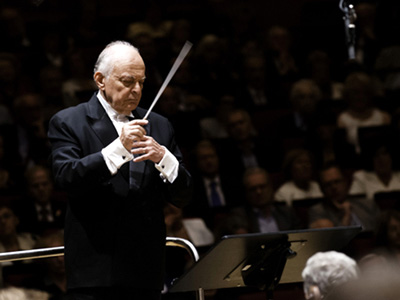By James Conlon
A few months ago I wrote about two extraordinary projects in Rome that introduce children, from five to eighteen years of age, to opera. Performances of The Magic Flute and Don Giovanni were presented to thousands of young people by two completely separate entities: the Rome Opera and the Tito Gobbi Foundation. The method I witnessed seemed to me an ideal model for introducing opera through participatory–“interactive” if you like–performances.
In the course of a recent series of concerts in Berlin and tour in Spain with the Deutsches Symphonie Orchester Berlin, I conducted an introductory program for children (ages six to twelve) of Dvořák’s New World Symphony, excellently presented by moderator Christian Schruff. It consisted, naturally, of musical excerpts, and the participation of special guest, Jocelyn B. Smith, a New York born jazz singer who has lived in Berlin for many years, who coached the audience in singing “Swing Low, Sweet Chariot,” while explaining its coded meaning. The cost was four euros for children and ten for the adults who accompanied them.
Not long ago I participated in a similar program in Leipzig with the Gewandhaus Orchester: Alexander Zemlinsky’s Die Seejungfrau (The Mermaid) interlaced with Hans Christian Andersen and the composer’s life as a young man in love with Alma Schindler (later Mahler).
We do all this in the United States, and, in many places, we do it well. But what struck me about the success of these European ventures was the depth of commitment on the part of all the participants; musicians, moderator and parents.
Concerts take place on weekends, so families can attend together. Whereas events organized through schools are often excellent, I believe that arts attendance with older members of the family adds a valuable additional context to the experience. My septuagenarian friend from Berlin brought his granddaughter with him for her eighth birthday. Two musician friends, who had travelled from Cologne, were joined by their twenty-five year-old (!) daughter who studies in Berlin. On the way out, they told me, they had overheard a little boy, who they had guessed to be about five or six, turn to his mother and say (roughly translated): “That was not at all as terrible as I expected!”
This is a tiny example of how things can be turned around in rebuilding a future audience and in maintaining a great tradition. This is one more young person for whom the beautiful world of classical music has possibly been opened, despite the negative preconceptions that surround him and many others. The point is that Germans have recognized that the process of whetting an appetite for classical music must begin early and may be best accomplished with family participation. Their systematic and broad commitment to reaching children is exemplary and merits our attention.
And what happens when those children are in their twenties and actually want to go to concerts but can’t afford to? Two striking examples I have encountered in as many months have suggested to me that we can also do better on that count.
At La Scala in Milan, I conducted ten performances of Berlioz’ Roméo et Juliette (turned into an opera/ballet), the first of which was part of a series called “Preview.” The theater was sold out (sold out!), exclusively to an audience under thirty years old. Top age, thirty years; top price, thirty euros. La Scala has tacitly recognized and addressed the financial challenge to our young people. It is no use only educating the young and then abandoning them when they cannot (yet) afford to buy tickets. The “Preview” model at La Scala is helping them (and us) foster a love for classical music (in this case, opera). These previews are not rarities, but a regular part of La Scala’s season. The low ticket prices are obviously highly successful in drawing an audience. In the U.S. we face the same challenges, but there is no consensus as to how to resolve them.
Once a year at LA Opera we offer two performances in Los Angeles’ Cathedral of Our Lady of the Angels. Six thousand free tickets are requested each year within hours of the announcement of their availability over the Internet. This would seem to indicate that “ordinary” people do want to come, and will come, when they can afford to so. It is interesting to note that, though one hears so much talk about how classical music needs a way to “get the message out,” thousands of people do respond within hours when financial obstacles are removed. This suggests that the message is out—that classical music and opera are things people believe they will enjoy, and when they can afford it, they will come to performances.
The tradition of attending Classical music concerts will have difficulty prevailing, given the many factors mitigating against it, if we don’t abandon, at least temporarily, economic models that may have satisfactorily functioned for the last half century but cannot be expected to do so any longer.
In November I returned to Madrid to conduct the Orquesta Nacional de España. Three subscription concerts were relatively well attended, given the severe economic difficulties at the moment. Given those difficulties, I was struck by the large and very enthusiastic presence of young people in the audience. The Spanish have clearly been effective in developing a young audience that, despite today’s challenges, has integrated concert-going into their lives.
It can be done, and there is hope for all of us in the future.
